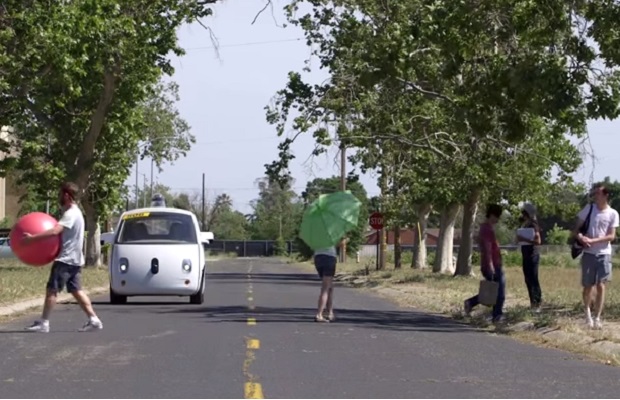Google’s self driving cars experienced 13 near-misses and 272 technology failures in 15 months, with humans having to take the wheel to avoid accidents, according to new files released by the tech giant.
Google has revealed that humans have had to take over 341 times over 14 months to avoid accidents and software failures, but these rates are declining.
The disclosure follows a local regulator’s demand for the information. Six other car tech companies also revealed data about autonomous-driving safety incidents of their own.
The company revealed the figures in a filing with California’s Department of Motor Vehicles, after the regulator required all autonomous vehicle testers to report incidents.
Google wants to build cars without manual controls, but California-based Consumer Watchdog now says the company’s own data undermines its case.
The 32-page report says during 15 months of tests of California’s public roads:
Google’s self-driving cars have clocked up more than 1.3 million miles in California and Texas since testing began in 2012, and Google says they have never been responsible for an accident.
However, the report reveals that humans have had to intervene 13 times to avoid an collision between September 2014 and November 2015, and in another 69 cases, the driver had to take control to prevent dangerous driving.
In 272 cases, meanwhile, drivers had to take the wheel to deal with “software failures” such as failing to perceive obstacles or not anticipating pedestrians crossing the road.
“As we continue to develop and refine the self-driving software, we are seeing fewer disengagements of this type despite a growing number of miles driven each month. The number of autonomous miles we are driving between immediate manual control disengagements is increasing steadily over time,” the report said.
Chris Urmson, the head of Google’s driverless car project, wrote: “This trend looks good, and we expect the rate of these incidents to keep declining.
“Although we’re not quite ready to declare that we’re safer than average human drivers on public roads, we’re happy to be making steady progress toward the day we can start inviting members of the public to use our cars.”

